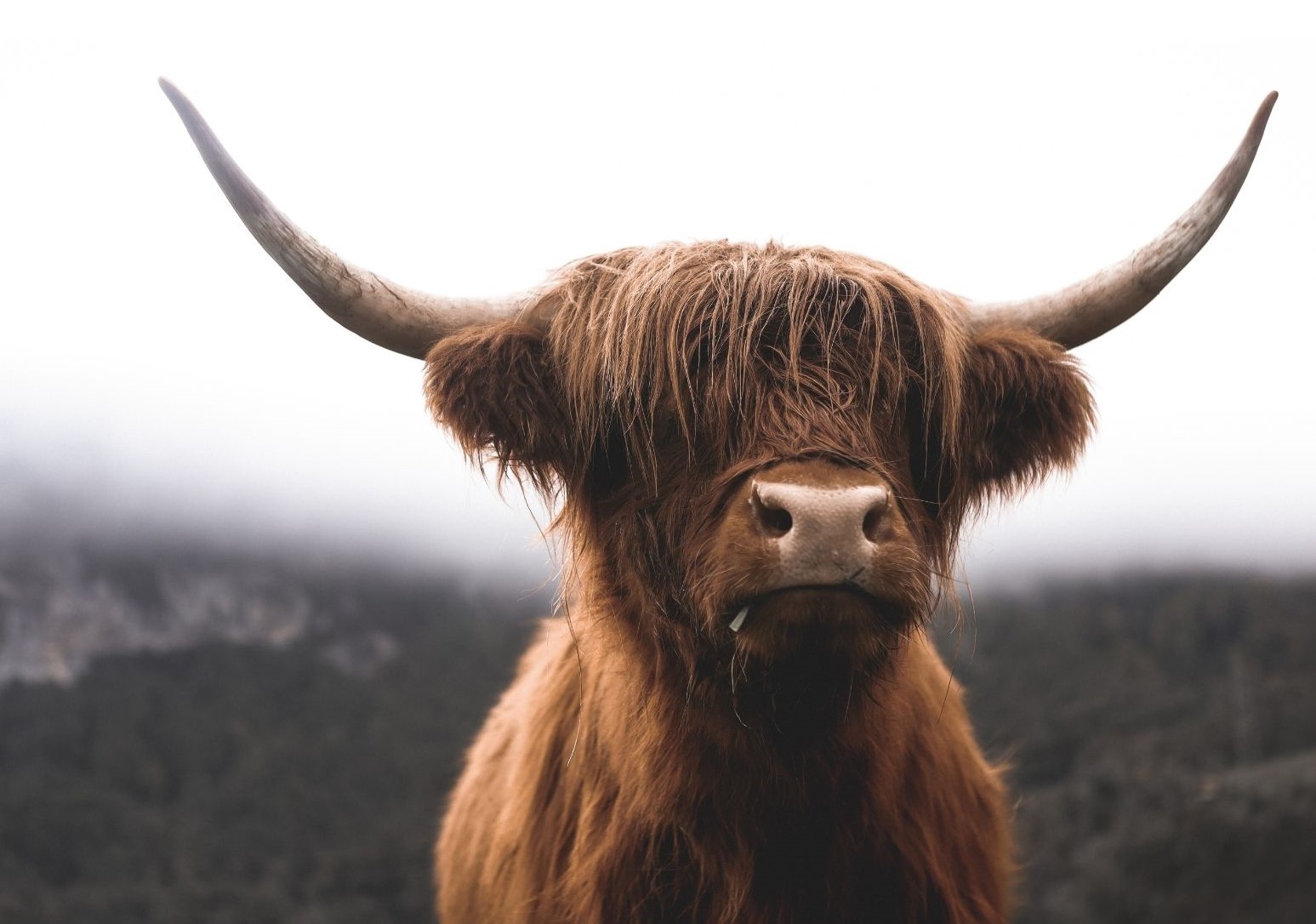
and promotes the interests of crofting in Scotland
to secure the future of crofting.
Traditional Crofting Activities
Crofting traditionally focussed on rearing livestock and growing arable crops.
The traditional, low intensity management and mixture of activities, which are associated with crofting, supports a special range of species and habitats, which contributes to creating a characteristic and distinct landscape. A significant part of crofting activity revolves around livestock production and in some areas, this is associated with low-intensity systems of high nature value.
- Livestock rearing
- Arable crops
- Grass cropping
If you are interested in acquiring livestock or growing crops, it is always worthwhile seeking advice from the other crofters in the township, who will often have decades worth of knowledge specific to your area. The Farm Advisory Service (FAS) also has a wealth of detailed information available:
Sheep
Sheep are the animals most associated with crofting, yet getting stock for the first time can be daunting. The sheep section on the FAS website covers some of the main aspects of keeping sheep, ranging from lambing to health, and registration. For more information on the FAS website click on the hyperlink Sheep resources for farmers from Farm Advisory Service (fas.scot)

Cattle
Cattle, being larger than sheep, require more investment in equipment initially, and depending on the breed, can require more active management. The Farm Advisory Service's YouTube channel has videos which cover many aspects of keeping cattle and were created for crofters. To access these videos, click on the hyperlink Scotland's Farm Advisory Service - YouTube
Information on the Crofting Cattle Improvement Scheme (Bull Hire Scheme), as well as many other aspects of keeping cattle can be found by clicking on this link Cattle resources for farmers from Farm Advisory Service | FAS

Pigs
Small-scale pig keepers represent a small proportion of the sector, in terms of animals reared, however they account for a large proportion of the number of producers involved, with 72% of producers who have finishing pigs, keeping less than 10 pigs. More information on keeping pigs can be found by clicking on the hyperlink here Pig resources for farmers from Farm Advisory Service (fas.scot)

Livestock & Registration
ScotEID is the main livestock traceability and registration organisation in Scotland. ScotEID works closely with the Scottish livestock sector & Scottish Government to design, develop and deliver solutions to ensure robust traceability and minimise legislative difficulties.
To find out more, click on the hyperlink; Home | ScotEID
Rural Payments and Services
To acquire your Business Registration Number (BRN), which is required in advance of obtaining livestock, please click on the hyperlink; Rural Payment & Services
Beekeeping
Beekeeping is an increasingly popular hobby and enterprise in Scotland, with around 2,000 hobby beekeepers. Hobby beekeepers typically operate between one to a dozen hives. There are about 25 commercial and 50 semi-commercial bee farmers in Scotland, who manage up to several hundred hives. Interest in beekeeping, in terms of pollination, is gaining more recognition and importance for Scottish land use. For more information click on the hyperlink; Managed pollinators such as honey bees | Helping farmers in Scotland | Farm Advisory Service (fas.scot)
Poultry
Poultry production is a varied, yet highly integrated sector, that can broadly be split into two parts, laying (chicken egg production) and broilers (chicken meat production). However, other livestock such as ducks, geese and turkeys also fall under the poultry sector. For more detailed information on poultry keeping please click on the hyperlink; Poultry | Helping farmers in Scotland | Farm Advisory Service (fas.scot)
Crops & Horticulture
The crops which can be successfully produced will depend on the quality and composition of the soil. More detail on this can be found by clicking on the hyperlink; Crops and soils | Helping farmers in Scotland | Farm Advisory Service (fas.scot)
Biodiversity
Much of crofting land is seen as being of high nature value thanks to the rich mosaic of habitats created by traditional small scale cropping, hay production and grazing. Information on how to enhance and protect the biodiversity in your croft as well as how to consier your carbon footprint can be found by clicking on this hyperlink; Biodiversity | Helping farmers in Scotland | Farm Advisory Service (fas.scot)
Funding
As well as the practicalities involved in some of the traditional crofting activities, you should also give some thought as to the funding and payments that are available. These are managed and distributed by Scottish Government Rural Payments and Services, for crofters there are a number of schemes available to help support some a range of crofting activities including the Crofting Agriculture Grant Scheme (CAGS) . For more details visit the RPID website by clicking on the hyperlink; Schemes by customer (ruralpayments.org) To contact your local office, follow the hyperlink; Contact us (ruralpayments.org)
